C.P. COMPANY X CLARKS DESERT TREK SHOES
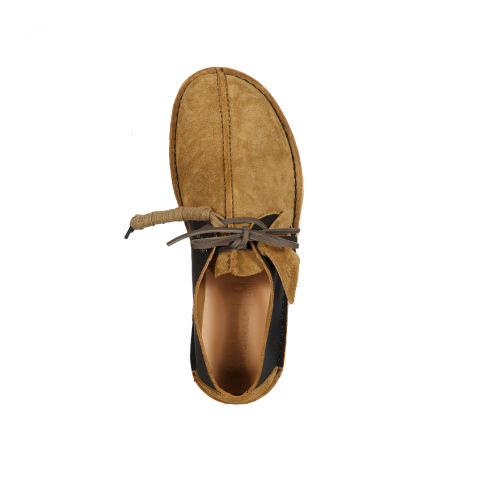
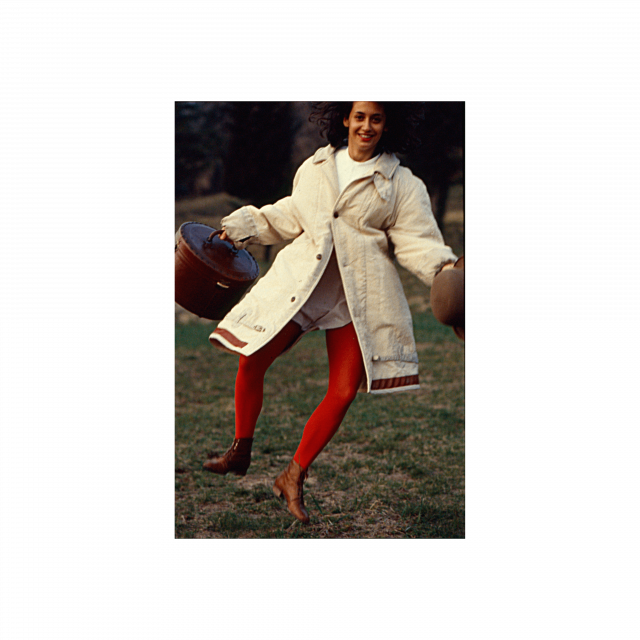
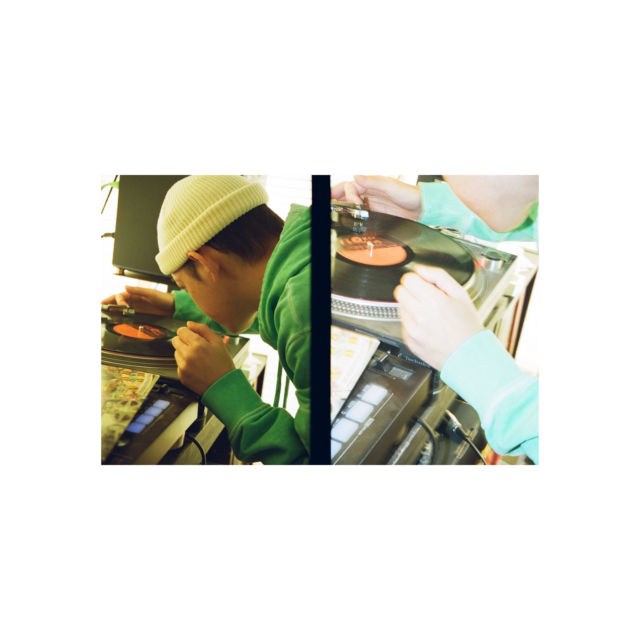
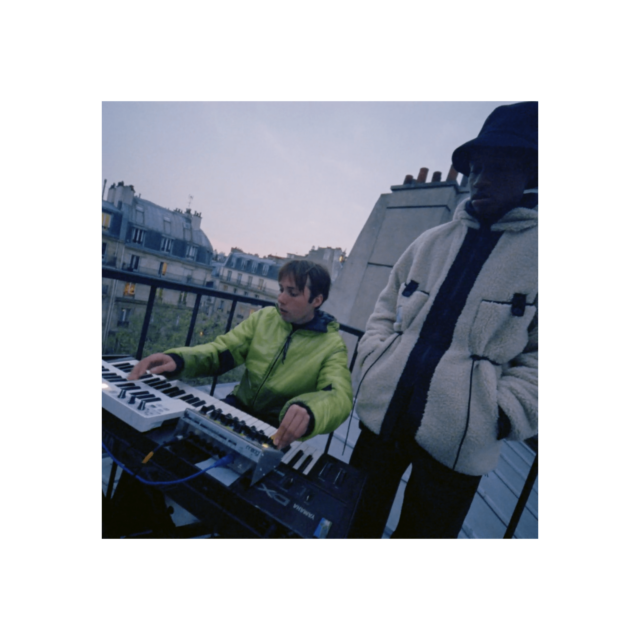

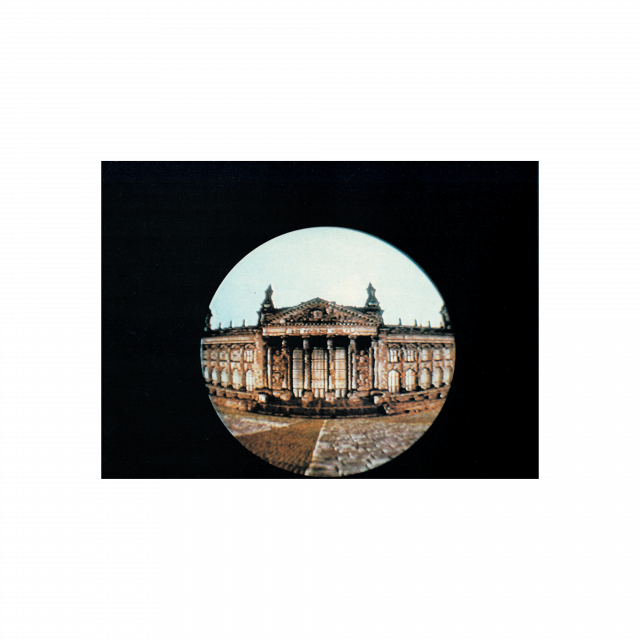









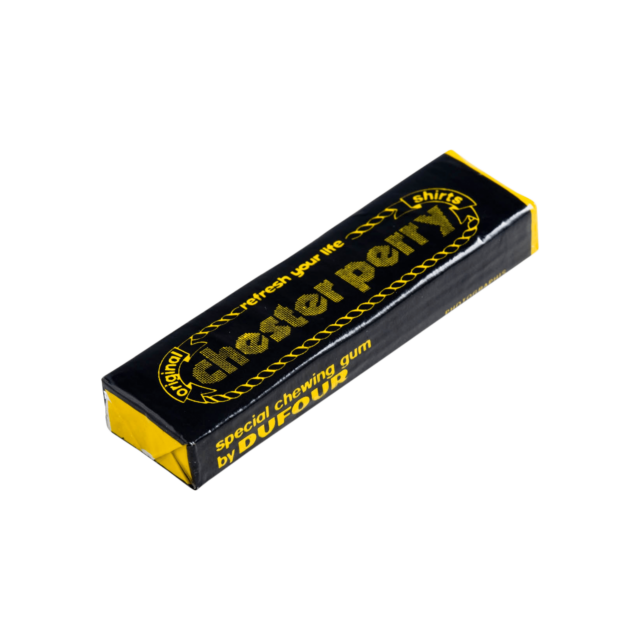




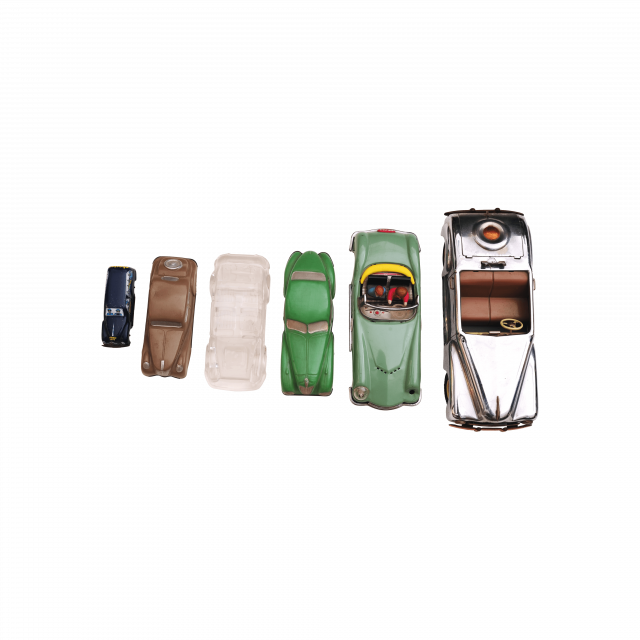

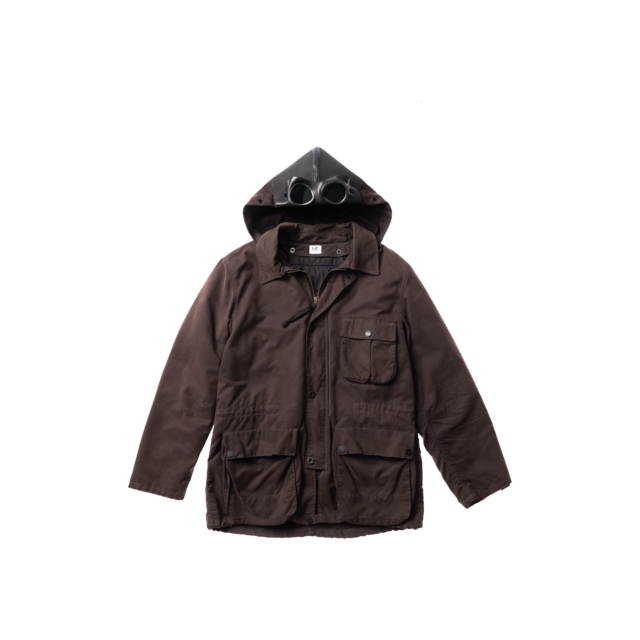



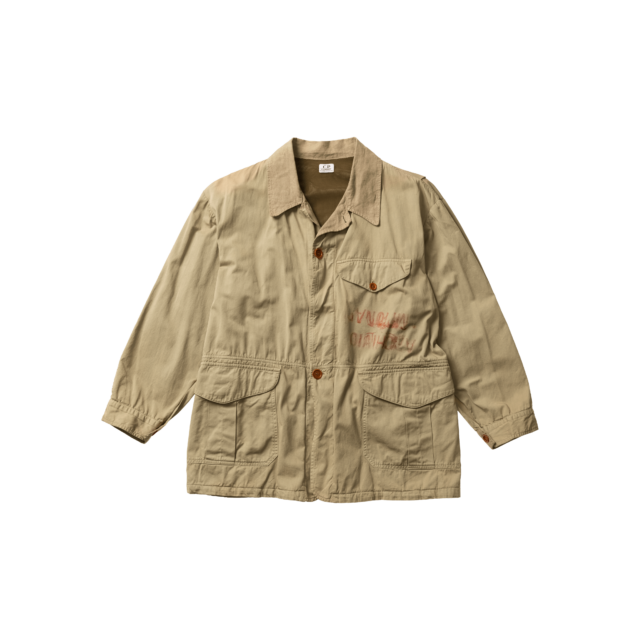

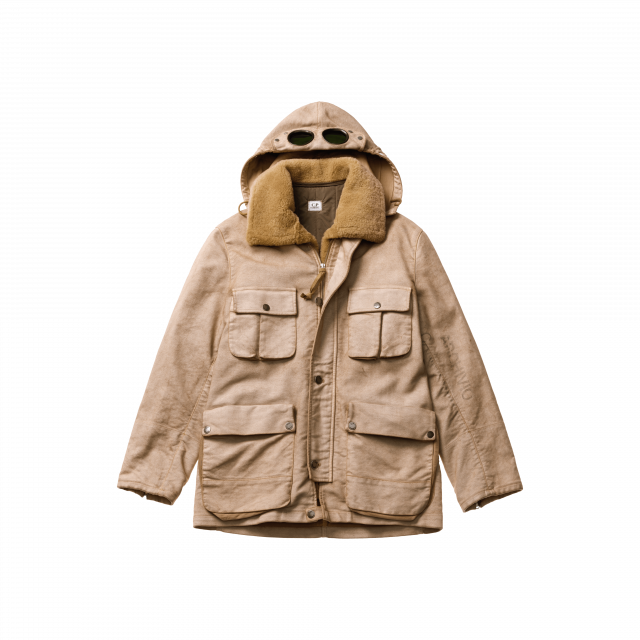
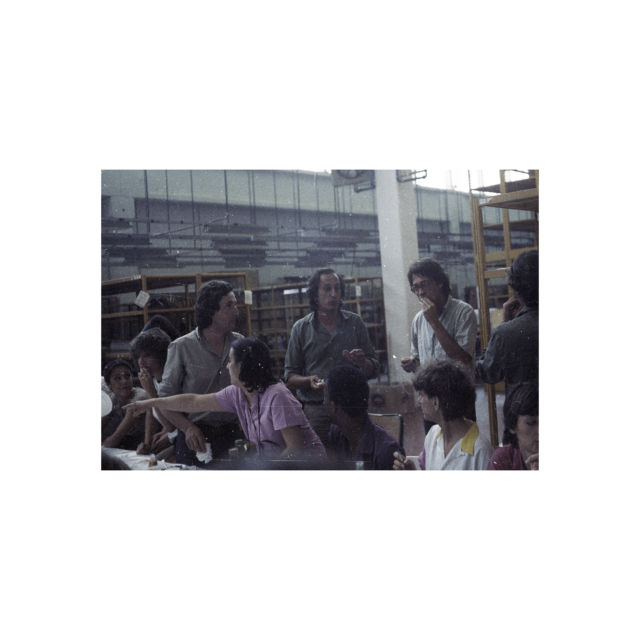
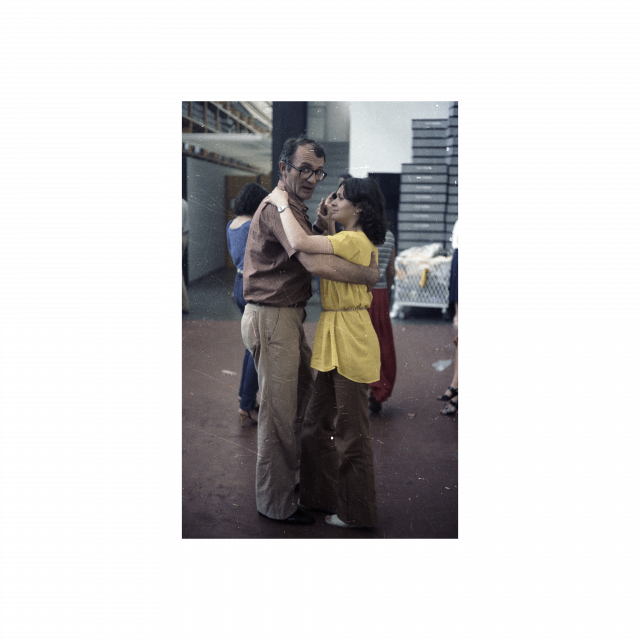
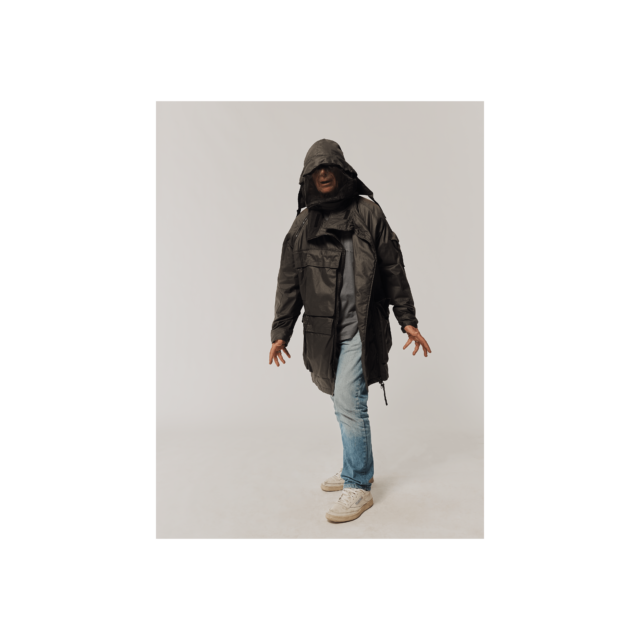




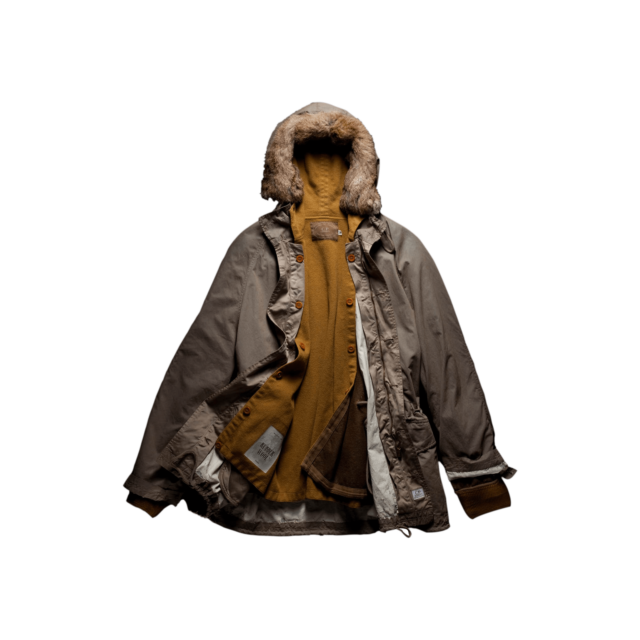
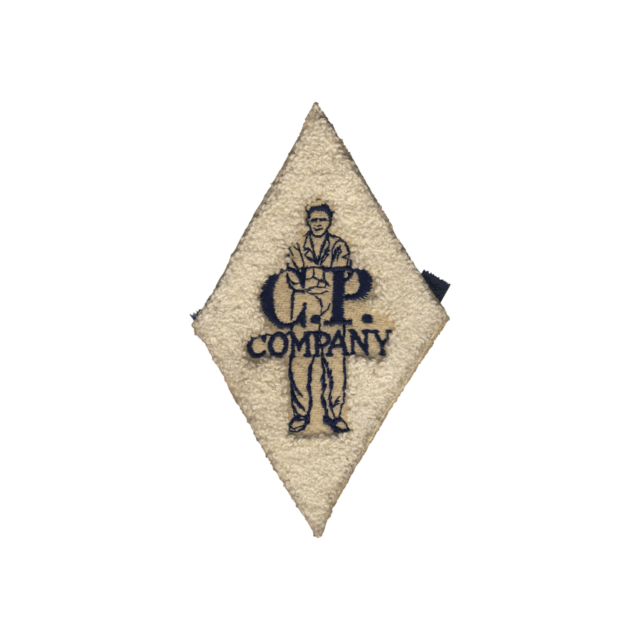
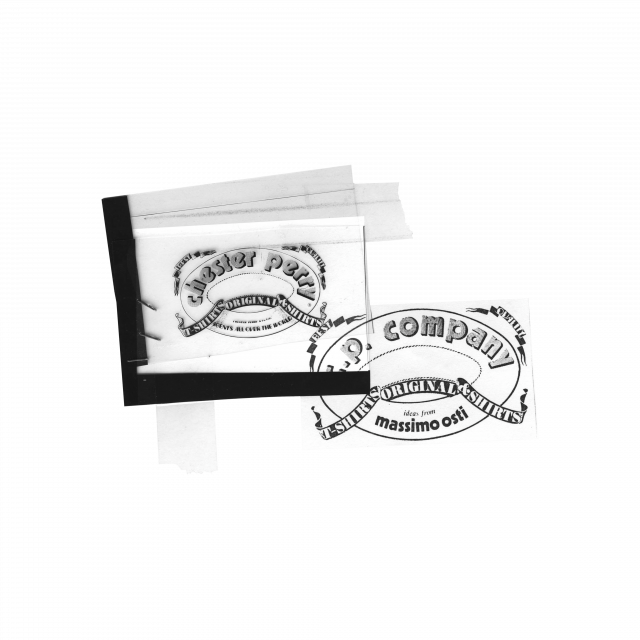
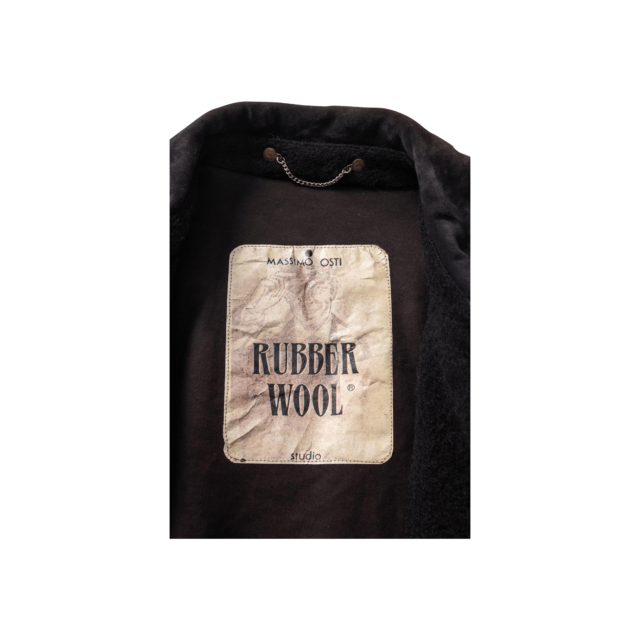
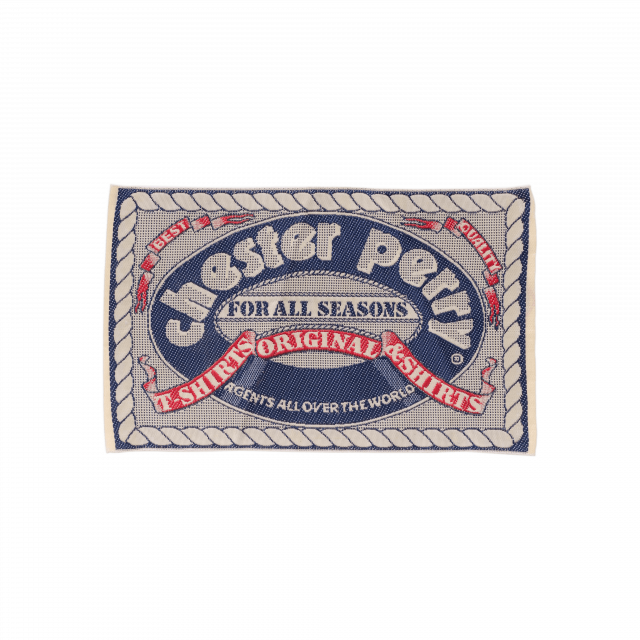
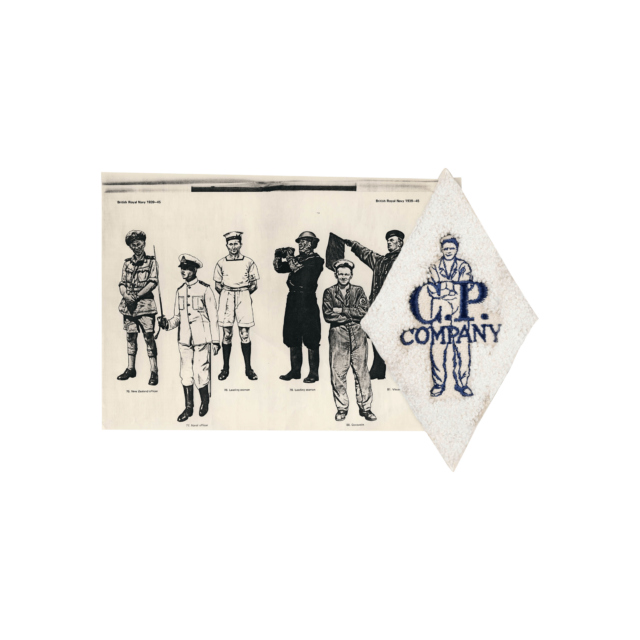



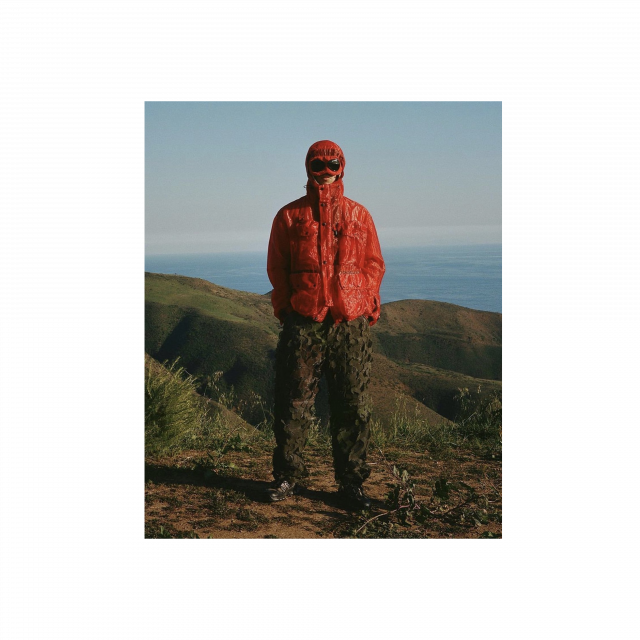




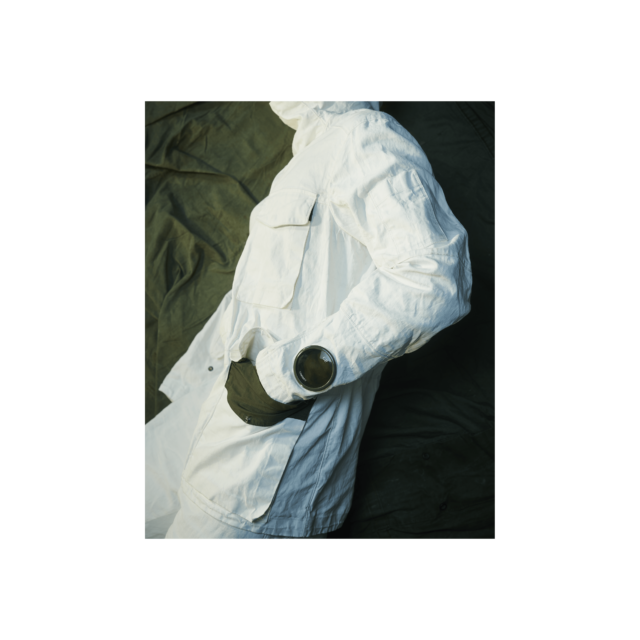
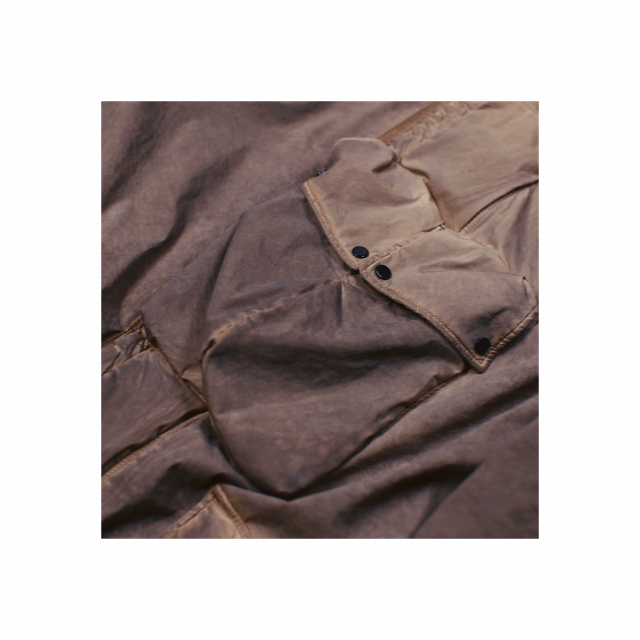

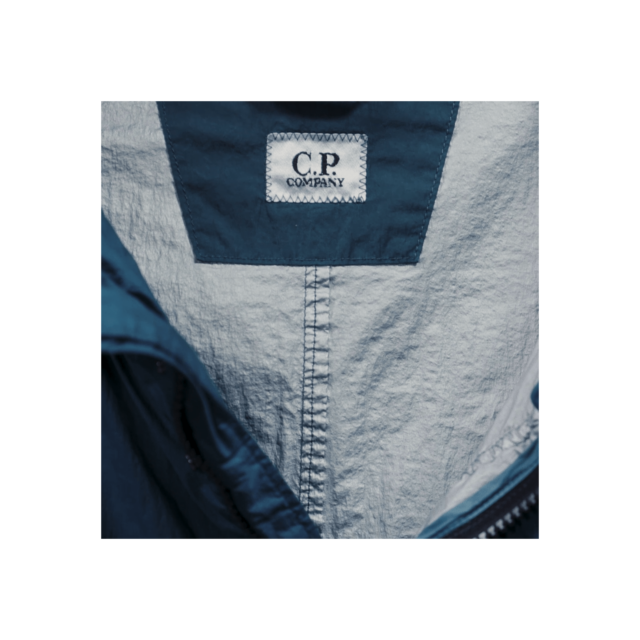
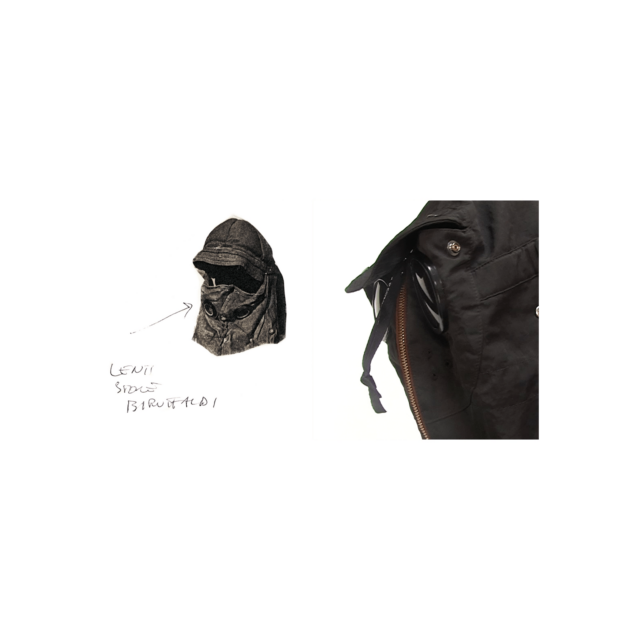




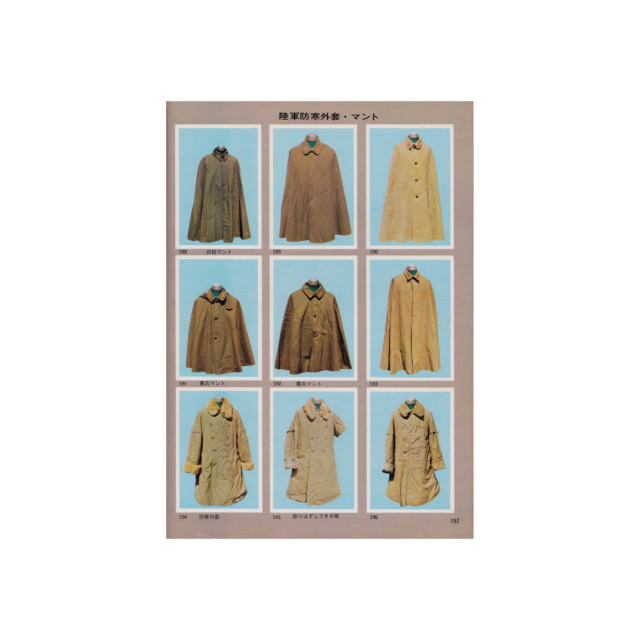



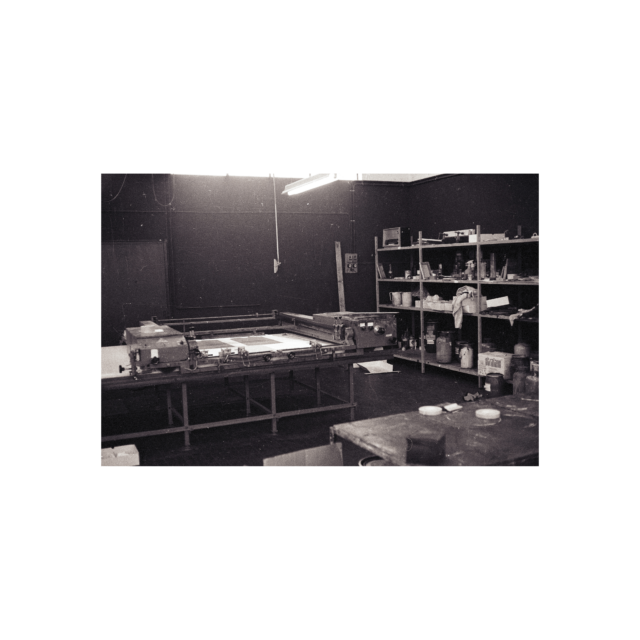
Naoki Wada
I am a collector and the owner of a pop-up store called ‘GEEK OUT STORE’ that opens up sporadically and on something of a whim. Back in 2017 I discovered the concept of ‘Ideas From Massimo Osti’ via a chance encounter I had with some vintage C.P.COMPANY pieces. Since then I have collected vintage C.P.COMPANY clothing that was designed from the brand’s inception up until the year 2001. I’m particularly interested in collecting Massimo's clothes from his 1980s period and I’m currently trying to figure out how to make the most out of them in order to make interesting things happen.
What I like most of all is that Massimo put the words "Ideas From Massimo Osti" onto the branding of C.P.COMPANY. Whilst "Designed by~" is often used, I think he is the only one who used "Ideas From~". In fact, the designs themselves are taken from his own collection, but they are transformed into completely different clothes under his' Ideas'. That's what I found so fascinating about it. I particularly like the jumper from 1982 with the elbow patch and the action pleat design. The elbow patches and action pleats are supposed to be functional, but in this jumper they have been stripped of their function and placed for design purposes only. In fact, the elbow patches are made of knitted fabric when they should be made of leather. The pleats are also not functional, but he used colourways in such a way as to make them look like they were ‘action’ pleats. Naturally, some items are made with functionality in mind, but I think the idea of his clothes being made from various angles depending on the specific item itself has been passed down to the current C.P.COMPANY aesthetic.
The article I chose this time is a favourite of mine that was published in a Japanese magazine, and is an AD for URBAN PROTECTION made by TOYODA TRADING.
The articles in Japanese magazines are often accompanied by a photo and a comment, which is a really good way of understanding the period. I believe that Japanese people perceive clothes not only as clothes themselves, but also as information. I think that Japanese people enjoy clothes more when they complement the invisible parts of the clothes and the things that they would otherwise not notice. In Japan, it seems to have arrived in the late 70's and early 80's and was very popular. It was sold in large department stores such as Parco and Matsuya, and was produced in Japan and under license from Yancy Fashion for children. The enthusiasm of the early 80's can be felt through the magazines.
Arco Maher
Arco Maher, curated by Archie Maher, is an archive platform dedicated to vintage C.P. Company pieces and Massimo Osti’s design, mainly spanning the early 1980s to mid 2000s. Archie’s emotional attachment in general to pre-owned and distressed sportswear and military clothing, and the personal stories that the individual pieces evoke, is only matched by his love for the Arco Maher archive collection itself.
Having amassed an archive of over 250 unique garments that push our pre-existing notion of functionality and innovation, Maher’s collection heavily features Moreno Ferrari’s “Urban Protection” range, from the years of 1998 to 2001. From these stimulating years, pieces like the ‘Life' and ‘Metropolis’ jackets became frontrunners and would eventually be re-referenced in Autumn/Winter ’20, as well as proving to be inspiring to a new breed of designer. The ‘Millennium’ and ‘Relax’ ranges are also Arco Maher favourites.
Loaning out pieces from his collection to stylists and directors alike, Archie has supplied outerwear to leading global musicians, athletes and other important figures.
Maher continues to play not only a key part in digitally and physically preserving an important era of the C.P. Company legacy, but also what was a significant period in the world of menswear when Massimo Osti’s influence was unruly.
Credits: Ali Hinkins
Paul Dezentjé
The idea of bringing 17 C.P. Company magazines to life in 30 pictures is a challenge. I first selected ‘typical’, reoccurring pages that made the magazine special to me. I also focused on aspects that Daniela Facchinato explained to me when I wrote the (printed) story. Then I made one ‘magazine’ from pictures chosen from all issues. It starts with a photo of all covers and ends with the standard back cover. In between I tried to show all the characteristic, typical and often reoccurring elements of the original C.P. Company Magazine.
Ali George Hinkins
I’m a writer and brand consultant mainly working within a sphere of the industry that is centred around technical and performance-oriented clothing and footwear. My evolution into this space was largely informed by the work of Massimo Osti and his projects like C.P. Company, Left Hand and Levis ICD+ which all heavily influenced the way I look at garment technology. The era of design at C.P. Company that I’ve chosen to highlight is one of Moreno Ferrari’s lesser-known conceptions that was birthed during his tenure from 1997 until 2001: the Transformables diffusion line, an offshoot of C.P. Company’s Spring/Summer 2000 collection.
Released at the turn of the millennium during a period of global uncertainty, the highly conceptual line introduced garments with dual-purpose; the function of which varied from piece to piece, some could be used as shelter and others for recreation. For example, the ‘Tent Jacket’, the first piece that Ferrari designed under the new line, mirrored the works of Lucy Orta and Final Home by providing a degree of shelter for the wearer in what he saw as a dystopian future. In its primal form, the jacket took on the silhouette of a long hooded cloak which could seamlessly transform into a tent. The majority of pieces were made using a bespoke lightly rubberised nylon material called ‘Crystal Wind’ which was entirely wind and rain-proof. Other styles from this line included the Sleeping Bag, Shoulderpack and Kite, all from the same SS 2000 line.
After digging through C.P. Company’s archives, I have collated a variety of materials from magazine advertisements, scans from The Supermodern Wardrobe and images depicting how the pieces function. I think what C.P. Company is doing with their digital archive is very important in preserving the pre-internet era of design whereby many artefacts could easily be lost, as they previously existed solely in print.
Lewis James Dixon
About Cold Archive:
Cold Archive is an interdisciplinary multiplatform resource for visual research. Through this process Cold Archive cultivates a growing self-sustaining international community of like minded creatives that interpret Cold Archive’s work in their own way. Essentially providing stimuli to further aid in the creative process which in turn creates a larger body of work to learn from. Additionally, Cold Archive also creates highly engaging visual content and forward-thinking marketing strategies to brands providing opportunities to include and collaborate with members of the Cold Archive community.
Where Future and Present Collide: Youth Culture’s Obsession with C.P Company
Youth culture tends to gravitate towards authenticity and innovation, the same foundation for Massimo Osti's C.P Company. Inspired by military grade functionality, along with their technically innovative use of fabrics based around their signature garment dyeing techniques, C.P Company has pioneered casual sportswear elevating it to high fashion street style for more than 50 years.
There have been countless versions of this beloved design as it found its way from the Italian racing elite to the streets. It became one of Osti’s most timeless designs, aesthetically bold and functional; the conscious marriage of form and function were appealing to many style and substance-conscious subcultures. Leading to C.P Company being adopted and championed by multiple, diverse communities; from skaters to ravers, from mountain climbers to vintage clothing collectors and more.
Words By Frederico Rice, Joseph Gleasure and Jake Ripley
Ragazzi di Strada
Ragazzi di Strada is an archive dedicated to the study of subcultures and rebellious youth style in Italy. Founded by journalist Lorenzo Ottone, and run jointly with creative consultant Camilla Rocca, Ragazzi di Strada explores untold stories about Italian youth culture, using images and iconographic ephemera to build bridges between music, fashion and street culture. Ragazzi di Strada also hosts talks, curates themed exhibitions and volumes.
C is for Company. The collective meaning of C.P. Company for 1980s Italian youth culture.
Lorenzo Ottone for Ragazzi di Strada
In 1979, C.P. produced the promo tees for the Banana Republic Tour by troubadours Francesco De Gregori and Lucio Dalla. The latter was a dear friend of Massimo Osti and one of the first celebs to endorse his creations, as they both came from the volcanic cultural scene of 1970s Bologna.
The tour held a strong symbolic and collective value as it represented the first series of major musical stadium events by Italian artists since the violence-thorned Years of Lead. The tee’s tropical design and pastel palette looked distensive, as if they promised a brighter and colourful future.
The rampant Italian 1980s were coming and with it its milestone scene: the Paninari.
Their reckless urban adventures revolved around the group, the so-called ‘Company’ and asked for a cutting-edge style which found a perfect match in the garment engineering pursued by Osti.
Despite C.P. Company’s garments were never explicitly conceived with Paninari in mind, we can’t help but notice how the brand’s campaigns published on Uomo Moda viscerally influenced the scene’s style.
In return, their go-to publication Paninaro nurtured an obsession for C.P.. It was often mentioned in its charts about the most ‘giusti’ (‘hip’) of brands across Italian cities, or featured in dedicated editorials, which mixed photos with hilarious write-ups in Paninaro slang.
As the ‘80s unfolded and the meaning of Paninaro became more fluid, the ‘galli’ also came to appreciate more formal sides of the brand, like the neo-Noir and New Wave-ish suits of the C.P. Collection series.
C.P. was so in vogue that consulting Panino Posta – the mag’s fan mail – we traced, in Udine, a gang that had named themselves Commando C.P., standing for Contro Paninari, ‘Anti Paninari’.
C.P. Company’s story is equally made of refined individuality and collective ecstasy. A reality that like every disrupting youth scene embodies an ever-evolving tension towards the future, one made of technological as well as social challenges and evolutions.
Darren from Yorkshire
Clothing is created to put on and wear out.
For certain collectors it has a different purpose.
For Darren, 49, who prefers to be known by his Instagram name of @braintrainplant75, where he displays his vast personal collection from his home in Yorkshire, it’s a kind of therapy.
Darren’s story is extraordinary. Much of this clothing did have a life outside, worn to football matches and nightclubs. His Instagram name is an amalgamation of previous eBay handles referencing life events: At age 27 he was diagnosed with cancer, which led tonumerous operations and now because of immunosuppression he has had to shelter at home since the onset of the global pandemic. Resilient and passionate, he was not discouraged by the situation: "Everything I do is online, but I buy everything in my size, or have it altered to fit me, and the hope is that one day I will be able to wear it all out. I buy at least one piece a day. My son, who is 21, taught me how to use Instagram and I post pieces regularly. So it does have a life beyond my home."